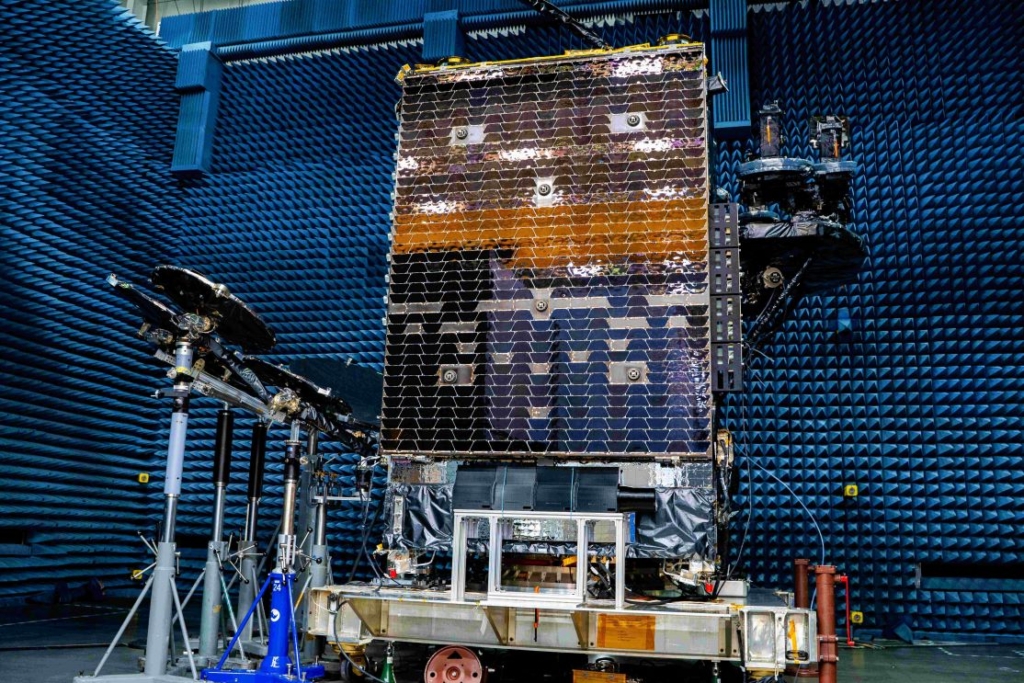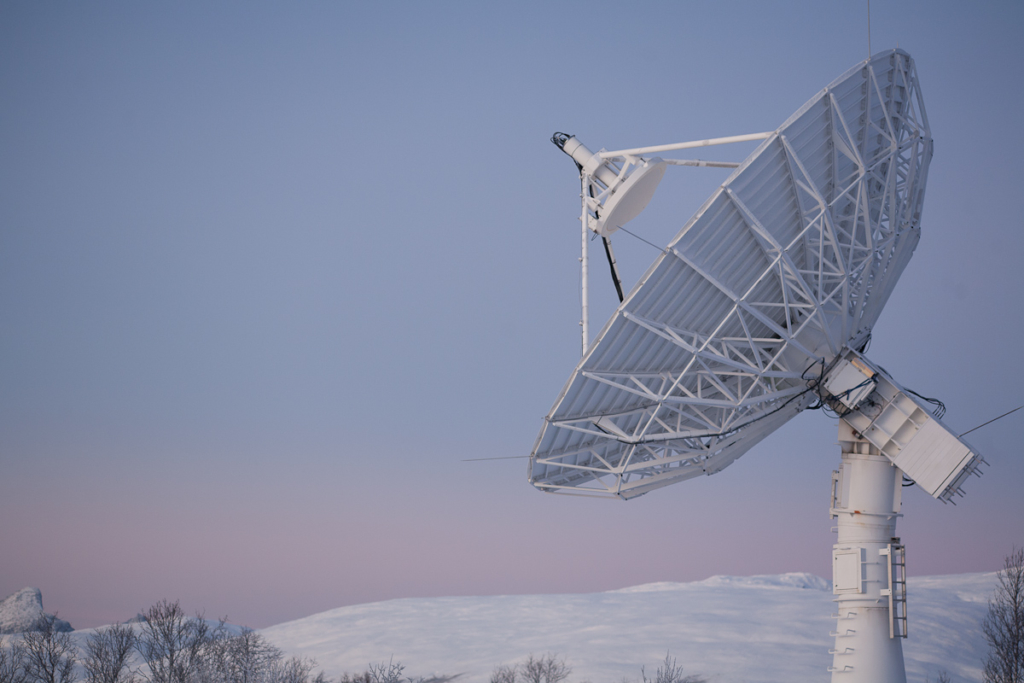One of the first important milestones in a satellite project, is the Preliminary Design Review (PDR) and later Critical Design Review (CDR).
Satellites are still no run-off-the-mill product, and very few satellites are mass produced. Even the most common communication satellites and weather satellites are built one at time or in very few numbers and still they are moderated and adapted during production. Satellite projects are known for their considerable technical and economic risk. Our ASBM satellites are very large and very complex, and this means that even if the base principles are set, everything must be built from scratch.
The first thing to do as a customer is to send a Request for Proposal (RfP) to several satellite suppliers, detailing what kind of payloads will be on board, what kind of functionality is expected and other specific demands. In 2019, Space Norway selected Northrop Grumman as the ASBM supplier, and the design work started immediately.
Our satellites are communication satellites, meaning that the payloads consist of radio equipment for receiving signals from the ground and returning signals down to Earth. Because the satellites’ orbits go far out in space in its highly elliptical path, vast land areas are covered by the payload radios. The unique thing about the ASBM satellites is that one satellite alone delivers radio coverage all over the Arctic, and one satellite will always be visible over this area.
On board, antennas for both receiving and transmitting signals, signal filters that eliminate unwanted noise as well as a number of amplifiers are found. The amplifiers enhance the signals that are picked up from the ground before they are sent back down. Simplified, one could say that they pick up a whisper and shout it in return. The return signals are down converted in frequency to avoid interference to the receiving antennas on board the satellite.
All this activity demands power, and the power is produced by the large solar panels and large battery banks that ensure that the equipment functions when the satellites are not exposed to the sun. Temperature control ensures that everything functions on board under as normal as possible conditions even when the outside temperature varies between very cold and very hot. All these elements are tailor made to cover the specific demands that are made by the programme. Additionally, there is always a margin, and for the life span of a component, this will typically be around 50% performance above the need.
The first design phase ends with a preliminary design review, a PDR, where the supplier presents its suggestion for how the satellite would look and be built. It will display the placement of each component and unit, specify the performance each sub system would have, how to operate the satellites and so on. The PDR for ASBM was carried out in February 2020. After this point, it is still possible to make changes to the design, and the design is continually evaluated. Adjustments are made, mostly together with the suppliers of the payloads and this phase usually takes about one year.
Once all these important decisions are made, there is the critical design review, a CDR. For ASBM, the CDR was in August of 2020. Here, the final design is agreed upon, and further changes are not made. No further functionalities are added, and no more units are added to the satellite. CDR locks the design and construction, and building commences.


